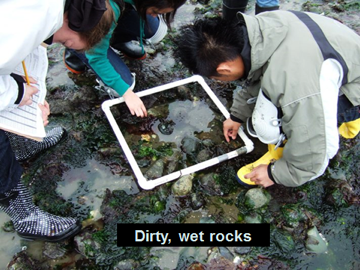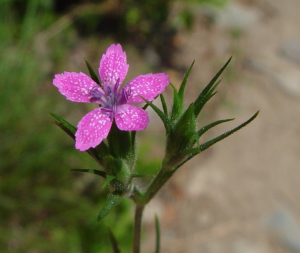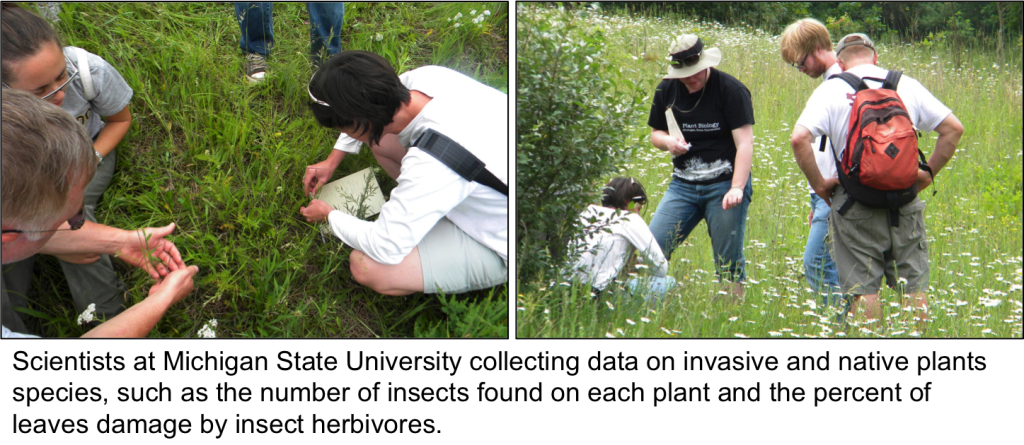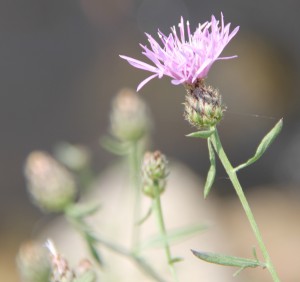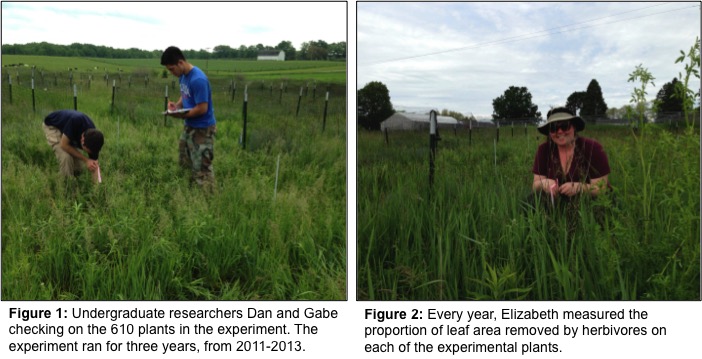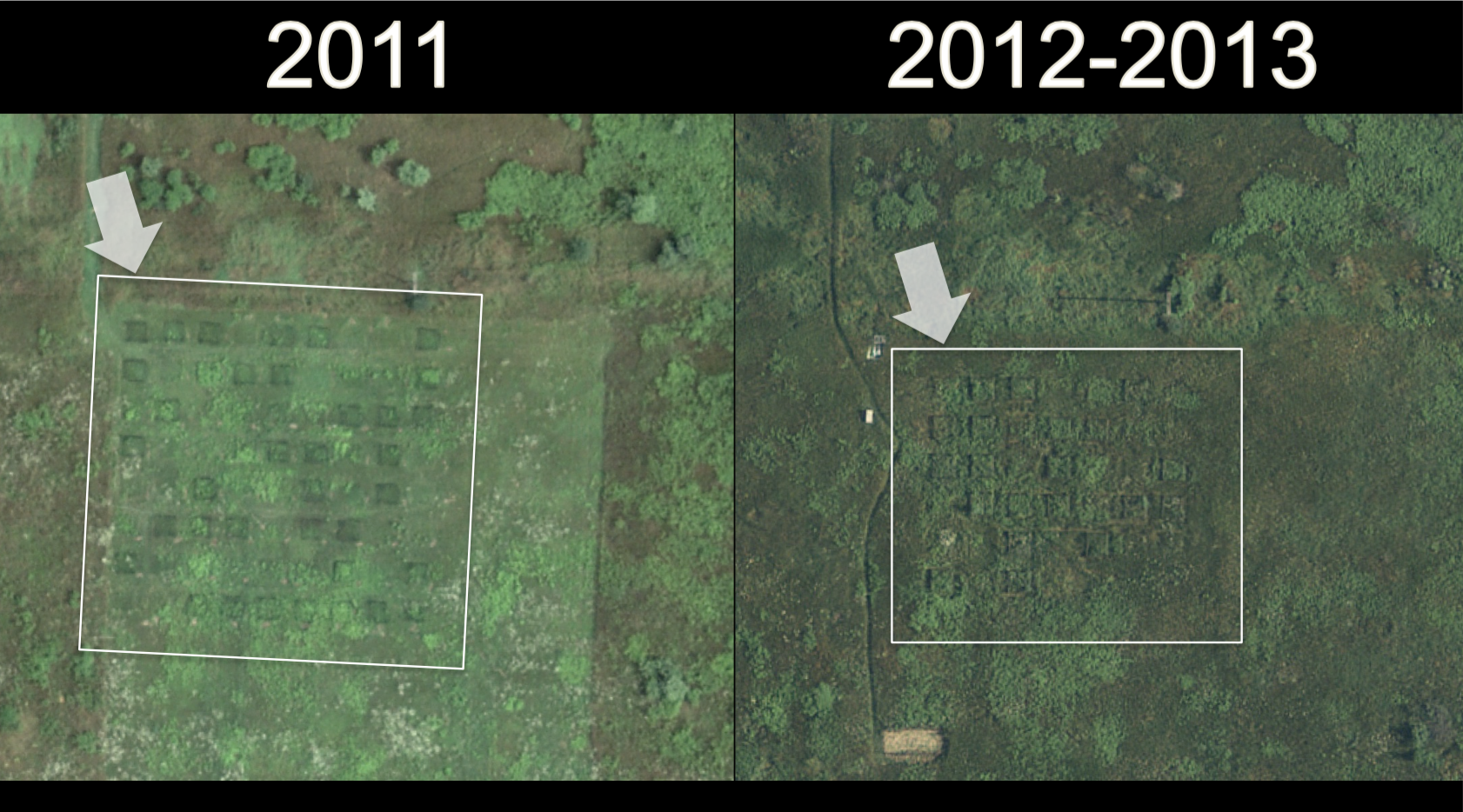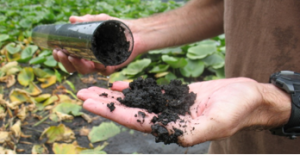
You can tell that the mud in this picture is high in organic matter because it is dark brown and mucky (in real life you’d be able to smell it, too!)
The activities are as follows:
- Teacher Guide
- Student activity, Graph Type A, Level 2
- Student activity, Graph Type B, Level 2
- Student activity, Graph Type C, Level 2
- PowerPoint of research images
- Grading Rubric
The goopy, mucky, often stinky mud at the bottom of a wetland or lake is a very important part of the ecosystem. Wetland mud is much more than just wet dirt. For example, many species of microbes live in the wetland mud where they decompose (breakdown) dead plant and animal material to obtain energy. This dead plant and animal material is called organic matter. However, the wetland mud microbes do not have all the oxygen they need to decompose the plant and animal tissues quickly and efficiently. Because of this, the dead material in wetland mud decomposes much more slowly than similar dead material in dry soil.

A successful core! You can see that the tube has mud, as well as some of the water from the wetland that was on top of the mud.
As a graduate student, Lauren became fascinated with wetland mud and its interesting properties. She wanted to know how important all the mud and its organic matter is for wetlands. By talking with other members of her lab and reading scientific papers, Lauren learned that wetland mud can often be high in the element phosphorus and that phosphorus acts as a fertilizer for plants, including wetland plants and algae. However, nutrients, such as phosphorus can build up in wetland mud. Lauren thought it might be possible that the organic matter in the mud was the source of all the phosphorus in some wetlands. She predicted that wetlands with more organic matter would have more phosphorus. If her data support her hypothesis, it could mean that organic matter is very important for wetlands, because nutrients are needed for algae and plants to grow.
Although most mud is high in organic matter and nutrients, not all mud is the same. There is natural variation in the amount of organic matter and nutrients from place to place. Even within the same location mud can be very different in spots. Lauren used this variability to test her ideas. She measured organic matter and phosphorus in mud from 16 freshwater locations (four lakes, five ponds, and seven wetlands). She took cores that allowed her to sample mud deep into the ground. She then brought her cores back to the lab and measured organic matter and phosphorus levels in her samples.
Featured scientist: Lauren Kinsman-Costello from Kent State University
Flesch–Kincaid Reading Grade Level = 9.8
More photos associated with this research can be found here. There is one scientific paper associated with the data in this Data Nugget. The citation and PDF of the paper is below:
Kinsman-Costello LE, J O’Brien, SK Hamilton (2014) Re-flooding a Historically Drained Wetland Leads to Rapid Sediment Phosphorus Release. Ecosystems 17:641-656
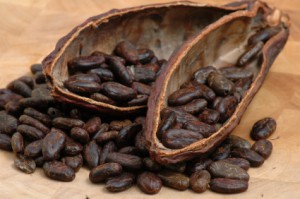

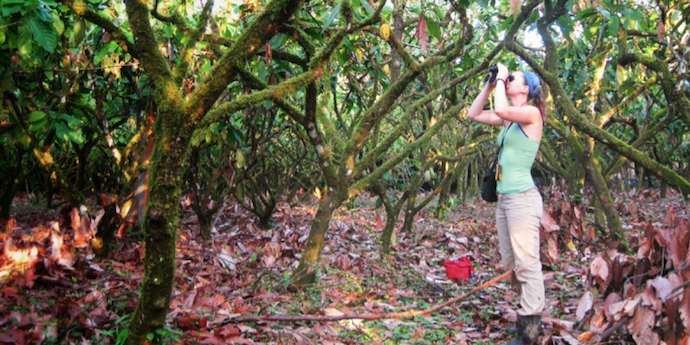
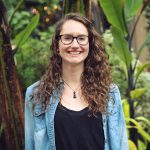 About Skye: As a child Skye was always asking why; questioning the behavior, characteristics, and interactions of plants and animals around her. She spent her childhood reconstructing deer skeletons to understand how bones and joints functioned and creating endless mini-ecosystems in plastic bottles to watch how they changed over time. This love of discovery, observation, questioning, and experimentation led her to many technician jobs, independent research projects, and graduate research study at Purdue University. At Purdue she studies the factors influencing oak regeneration after ecologically based timber harvest and prescribed fire. While Skye’s primary focus is ecological research, she loves getting to leave the lab and bring science into classrooms to inspire the next generation of young scientists and encourage all students to be always asking why!
About Skye: As a child Skye was always asking why; questioning the behavior, characteristics, and interactions of plants and animals around her. She spent her childhood reconstructing deer skeletons to understand how bones and joints functioned and creating endless mini-ecosystems in plastic bottles to watch how they changed over time. This love of discovery, observation, questioning, and experimentation led her to many technician jobs, independent research projects, and graduate research study at Purdue University. At Purdue she studies the factors influencing oak regeneration after ecologically based timber harvest and prescribed fire. While Skye’s primary focus is ecological research, she loves getting to leave the lab and bring science into classrooms to inspire the next generation of young scientists and encourage all students to be always asking why!